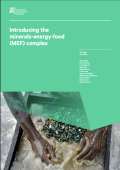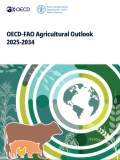
Left to their own, markets often fail to account for environmental and social costs in prices. As such, unsustainable goods retain an artificial cost advantage that can discourage efforts to scale up green investments and make it difficult for green sectors to compete.
Market mechanisms have become a common policy tool to correct for these externalities and internalise the full range of costs and benefits. It is seen as a cost-effective way to achieve the Sustainable Development Goals (SDG), especially around issues of climate mitigation (SDG 13) and biodiversity protection (SDG 15). Market-based instruments such as tradable permits (cap-and-trade schemes, for example) serve to level the playing field and provide incentives to promote the greening of key sectors. Similarly, markets for the payments of ecosystem services, including carbon sequestration, aim to promote sustainable land use decisions by enabling landowners to capture the value these ecosystem services provide.
Prices for goods and services do not typically include the environmental cost of their production and market mechanisms are a way that governments encourage businesses to incorporate environmentally friendly practices and materials into their operations. Market mechanisms are designed to overcome barriers that businesses face in purchasing or investing in a technology or practice, such as a high initial purchase price or difficulty in accessing traditional financing. Common methods include financial incentives such as introducing subsidies on environmental technology, reducing tax rates for certain environmentally friendly goods, and introducing a price on carbon emissions.














